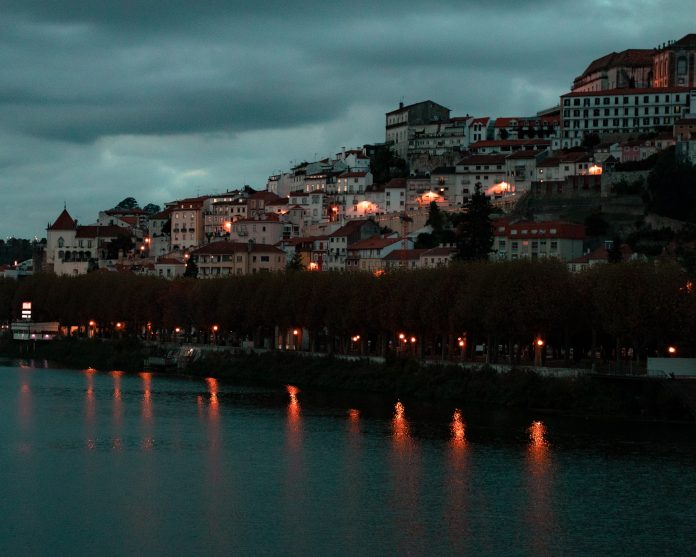Located in Central Portugal, Coimbra is perhaps one of the cities in Portugal with the most historical significance. Once the capital of Portugal and once a Roman settlement, Coimbra’s mark on Portugal is far greater than it is given credit for.
Home to one of the oldest universities in the world, as well as a renowned library, Coimbra is often referred to as the City of Knowledge. The University of Coimbra, as well as the Alta (uptown) area of the city, are classified as a UNESCO World Heritage Site.
If you are planning your next trip to the city, let’s take a look at the 10 best things to do in Coimbra, Portugal.
Travel Guide to Coimbra
1. University of Coimbra Tour
Along with Alta (the uptown), the University of Coimbra was made a UNESCO World Heritage Site in 2013 due to its historical significance. First founded in 1290 in Lisbon and then relocated to Coimbra in 1537, the University of Coimbra is among the world’s oldest in Portugal. The university was declared a UNESCO World Heritage Site in 2013 due to its historical significance.
In order to really explore the University of Coimbra and its multiple buildings, we recommend booking a guided tour. This way, you can not only admire the beautiful architecture of the university’s most important buildings but also learn about its history. We recommend seeing the Royal Palace, St. Michel’s Chapel, and Joanine Library.
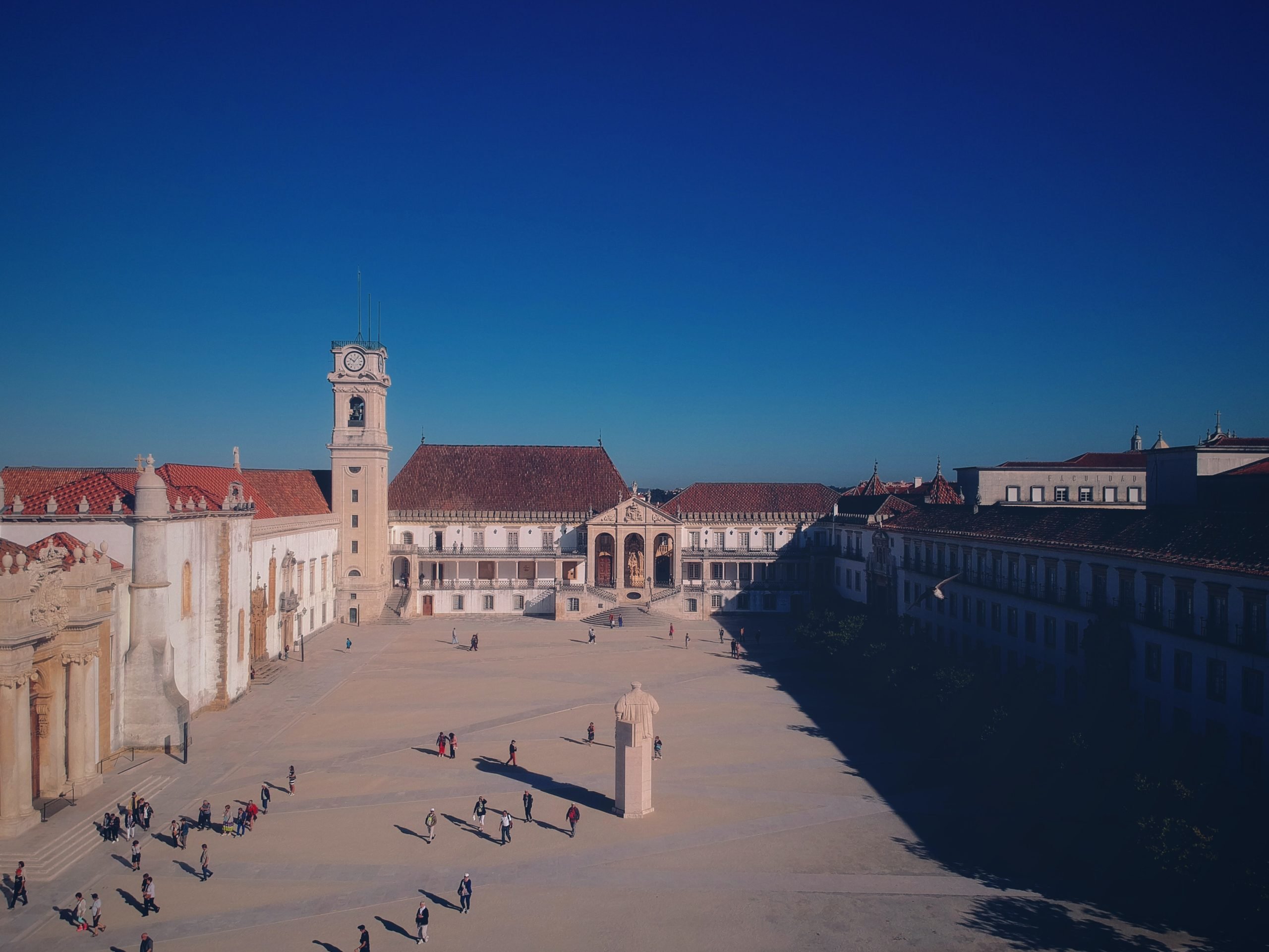
Book University of Coimbra Tour
2. Joanine Library
The Joanine library is considered a national monument with priceless historical value, as well as the crown of the University of Coimbra.
Built in the early 18th century at the orders of King John V to house the vast book collection of the University of Coimbra, the library feels like a page out of a Harry Potter book. Containing over 50,000 books, many dating back as far as the 16th century, the library is free to visit.
The exterior of the library features stone walls with gold accents and a roof covered by clay tiles. The interior was intricately ornamented by painters and craftsmen, decorating the stone floor with geometric motifs and the ceilings with trompe-l’oeil paintings.
The entrance to the library is allowed in 20-minute shifts, and you cannot take photos inside.

3. Climb the University Tower
We also recommend walking up the 180 steps of the University Tower to enjoy one of the best views of the Mondego river. The University Tower holds a bell that has always played a central role in the daily life of university students. The daily activities of the university were once organized according to the bell; even today, the bell still marks specific hours of students’ daily life.
4. Coimbra Botanical Garden
The romantic University of Coimbra’s botanical garden is open to the public for free. While the garden of the University of Coimbra was founded in 1772, it was primarily developed in the 20th century by botanist Luis Carrisso. Carrisso enriched the Botanical Garden with exotic African plans, many coming from Angola.
The Botanical Garden is considered one of the most beautiful in Europe, occupying 13 hectares. Featuring greenhouses with tropical plants, an area for cultivation for botany students, and a valley with a small stream, this place feels like a breath of fresh air in nature.
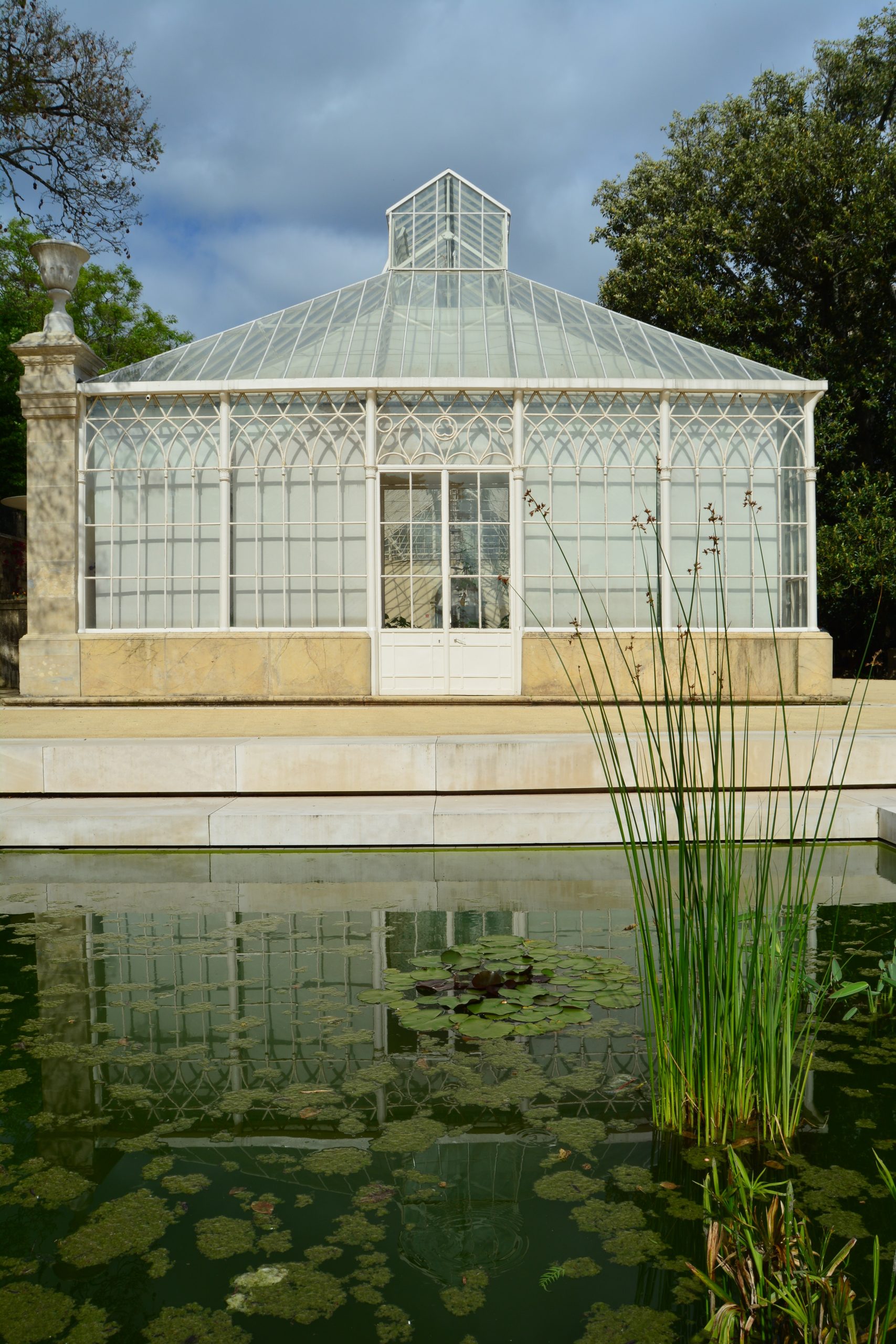
5. Sé Velha & Sé Nova
There are two buildings called Sé in Coimbra, Sé Nova (New Cathedral) and Sé Velha (Old Cathedral), which together constitute the headquarters of the Diocese of Coimbra. They are located a 5-minute walk from each other.
Sé Velha is a Romanesque Roman Catholic building that was built after the Battle of Ourique in 1139 when Afonso Henriques declared himself King of Portugal and Coimbra was selected as the capital.
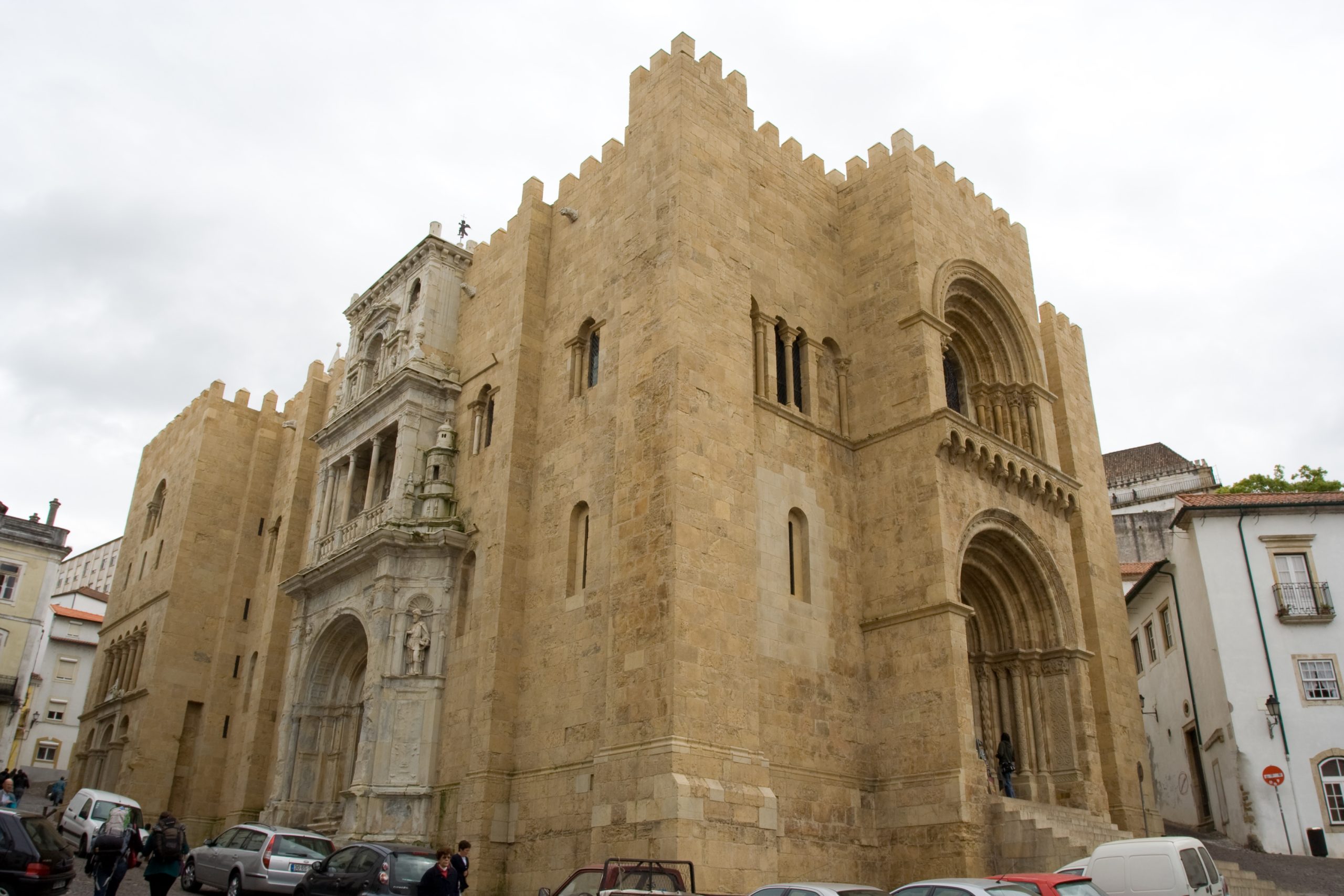
Located next to the University of Coimbra, Sé Nova was built in 1453 as the Jesuit Formation house of Coimbra. However, in the 18th century, the Jesuit order was banned from Portugal. Since 1772, Sé Nova has thus been the current bishopric seat of the city of Coimbra.
6. Walk the “Quebra Costas” stairs
This street with uphill stairs is literally called “breaking backs.” From the Se Nova area, we recommend walking down these “Escadas do Quebra Costas,” picturesque staiways than make up a quaint environment with little houses. This less-known street is a great spot for some insta-worthy photos!
7. Praca da Republica
In Coimbra, the Praca da Republica is where everything happens and student life comes alive. One of the hearts of Coimbra, this main square is a few minutes away from the university and the main meeting point for students.
Filled with the best bars and restaurants, such as Steel, Murphy’s Irish Pub, Cafe Tropical, and even a theater. We recommend sitting at a cafe and partaking in some good old-fashioned people-watching to get a sense of the square’s atmosphere.
8. Santa Cruz Monastery
The Santa Cruz Monastery, known as the Monastery of the Holy Cross was founded in 1131 in the early days of the Portuguese monarchy. The outside of the monastery has the classic Portuguese Manueline style, allowing for a remarkable sight.
The first two Kings of Portugal are buried in this church, leading to its status of National Pantheon. Kings Afonso Henriques and Sancho I reigned in the 12th century and in the 15th century their remains were transferred to this monastery.
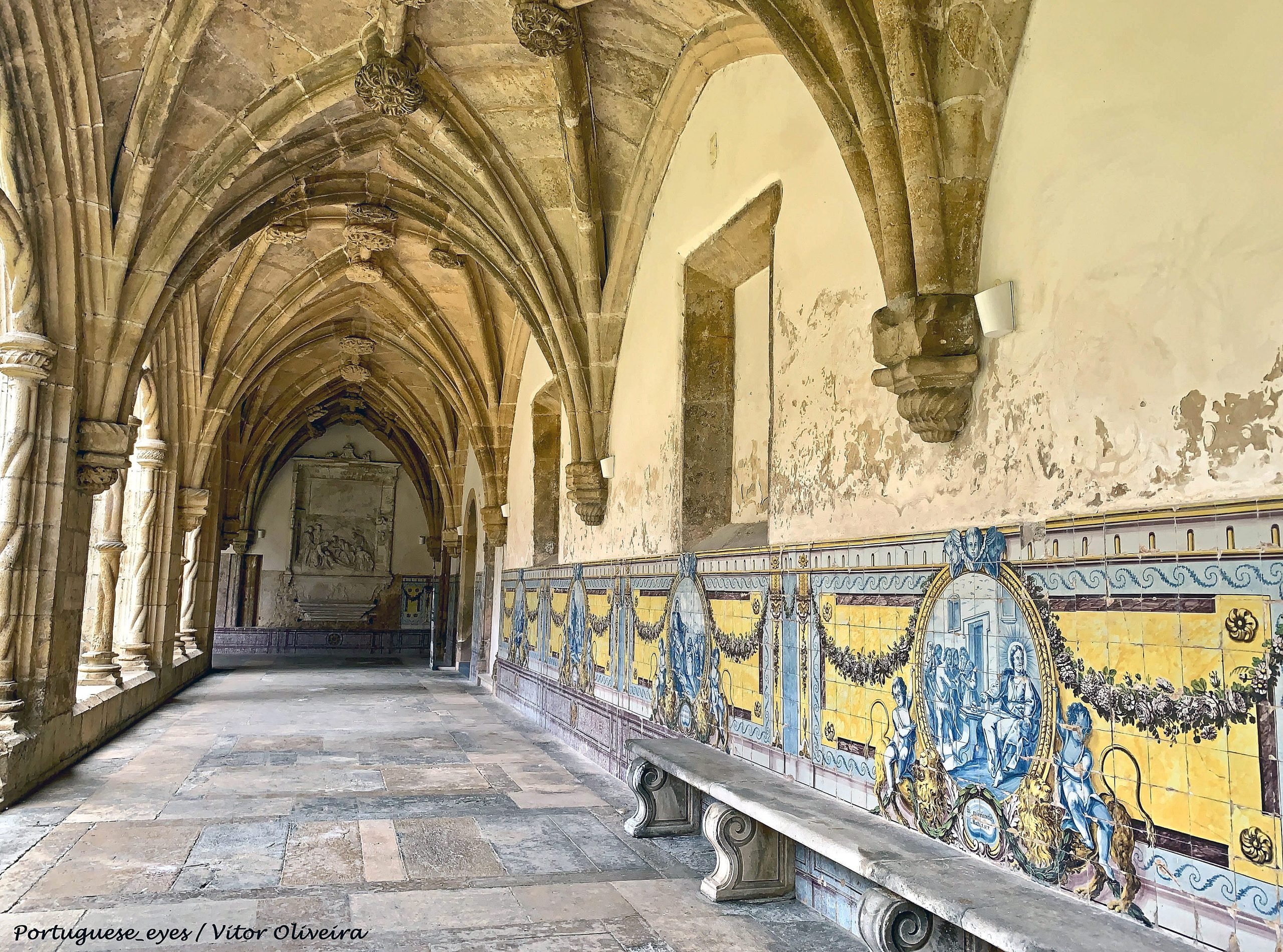
9. Quinta das Lagrimas
Quinta das Lagrimas has been the setting for the 14th-century forbidden romance between King D. Pedro I and Inês de Castro. The estate holds a palace that is now a luxury hotel. However, the gardens are free and open to the public.
The gardens include a canal called “Fonte dos Amores” that, according to the story, transported love letters between the Estate and the Royal Palace.
Ines was assassinated in Coimbra in 1355, arguably at Quinta das Lagrimas which translates to Estate of Tears. It is said this is where she cried her last tears in death and that she was killed by the fountain.
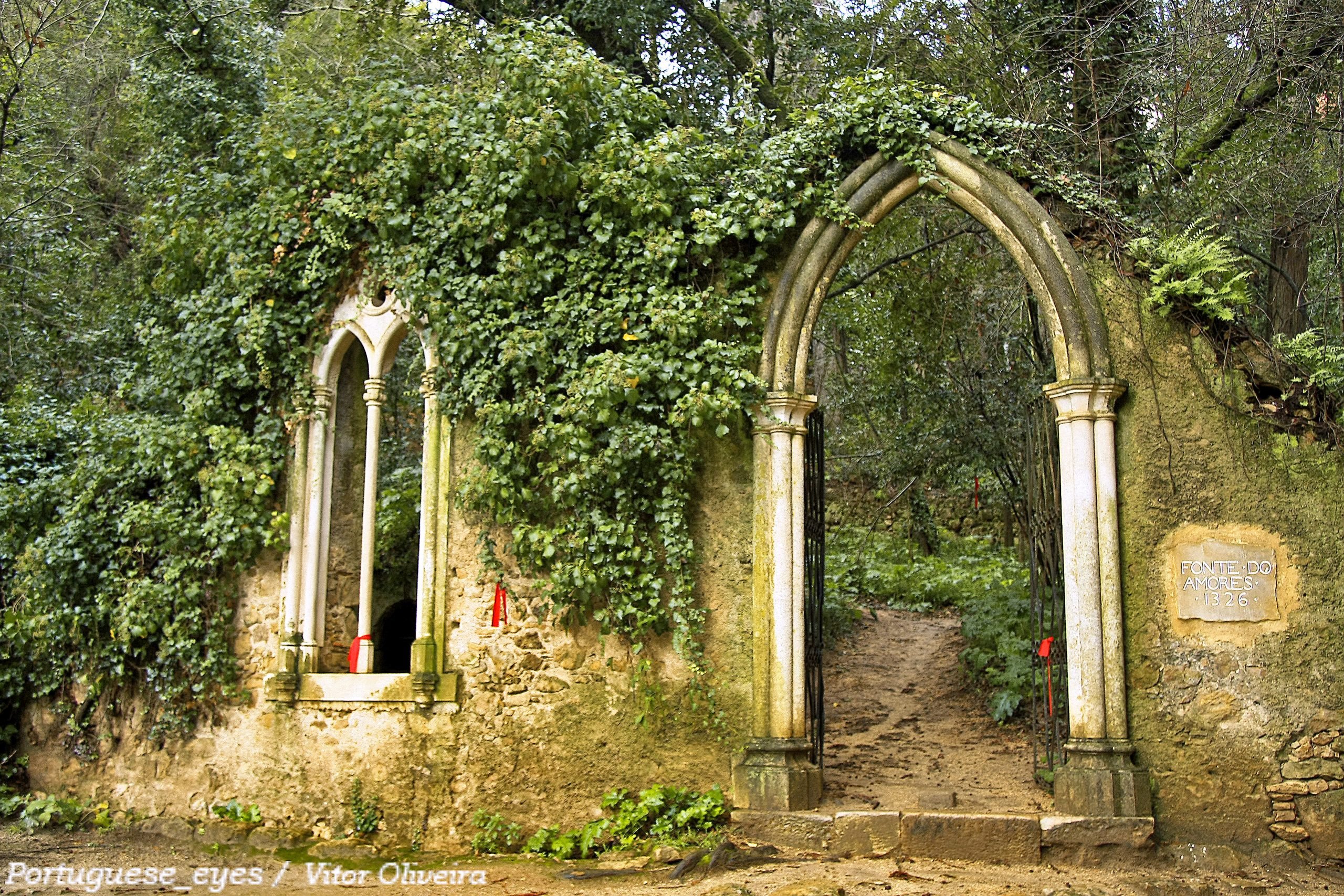
10. Portugal dos Pequenitos
“Portugal dos Pequenitos” is a miniature park that displays aspects of Portuguese culture and heritage. Established in 1940 by Professor Bissaya Barreto and architect Cassiano Branco, this place is like a picturesque village that displays important features of Portugal.
Keep in mind that while this is now mostly catered to children, it was developed during the Estado Novo dictatorship and arguably portrays the idealistic and nationalistic “spirit” of the time. This can be seen in the third phase of the development of the project in the 50s, which represents the colonies in Africa, Macau, India, and Timor through local fauna.

